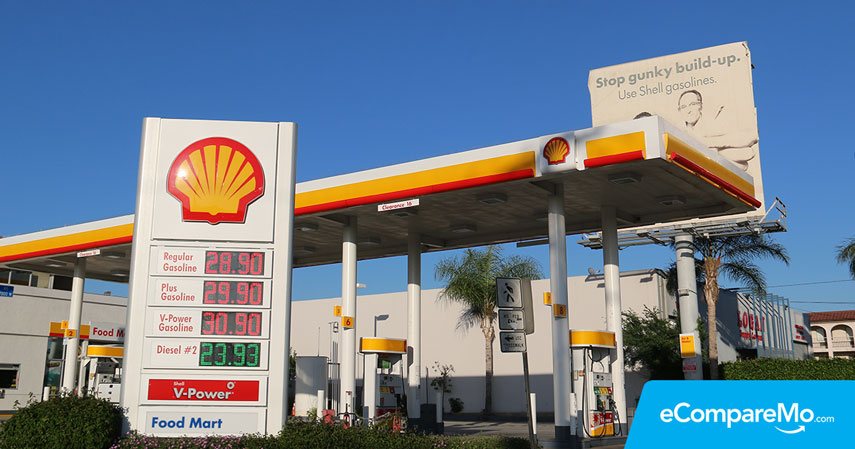Why Do Gas Prices Vary From Station To Station?
2 min readWe’ve all been there—hitting the road, tank full of gas, then stumbling into a fuel station that offers much cheaper prices a few kilometers away from home.
If you’re puzzled why prices even from same gasoline companies vary from one location to another, you’re not alone. We’ve sought answers from an industry expert for people whose curiosities have been fueled by these changing numbers.

The bigger forces at play
Gasoline prices change like the weather; sometimes, it’s a good idea to fill up your tank while in other cases, commuting seems to be a more viable alternative because of the exorbitant fuel prices.
While it may seem that oil companies merely manipulate their prices on a whim, there are actually factors that move the price scale of oil products in the country.
In a nutshell, the price of crude oil in the global market directly affects the cost of gasoline and diesel prices on the ground. Other factors that can pull the prices either up or down are:
- OPEC production decisions
- Non-OPEC supply growth
- Weather
- Inventories
- Global economic growth
- Speculation, hedging, investments
- Exchange rates and inflation
- Geopolitical risks
- Spare production capacity
While these items can control the price of petroleum products on a larger scale, not everything is controlled by these up to the decimal point. This where the smaller, yet equally important details come into play.
The decimal pointers
To give an overview of how prices per station are determined, we got in touch with a retail territory manager from one of the biggest petroleum companies in the Philippines.
Anne (not her real name) is in charge of making sure that the retail outlets in her area of responsibility actually make money, which includes creating promos, analyzing their sales records, imposing sales goals, and so much more.
According to Anne, the prices offered by gas stations vary because each station has its own discretion in determining the price.
“Depending on the pricing strategy of the station, they base it on other factors such as the price when they buy the product [from the supplier], cost of transport, etc.,†she says.
To help the gas stations determine the right price, their role as retail territory managers is to look into their trade area to analyze the market and figure out how each station under their care.
As Blogger TJ Palanca, citing 2014 data from the Department of Energy, observes: “Fuel prices are much lower in large urban centers—Manila, Cebu, and to a certain extent, Davao. It gets more expensive as you move away from these highly developed areas, probably reflecting logistics and coordination costs.â€
In the end, there are so many considerations before attendants change their LED price signboards. It’s always best to monitor fuel prices in your area of residence, and fill up when needed at stations along the way.
However, it would be unwise to drive a few miles to get gas for a few centavos less, lest you might end up spending more.
